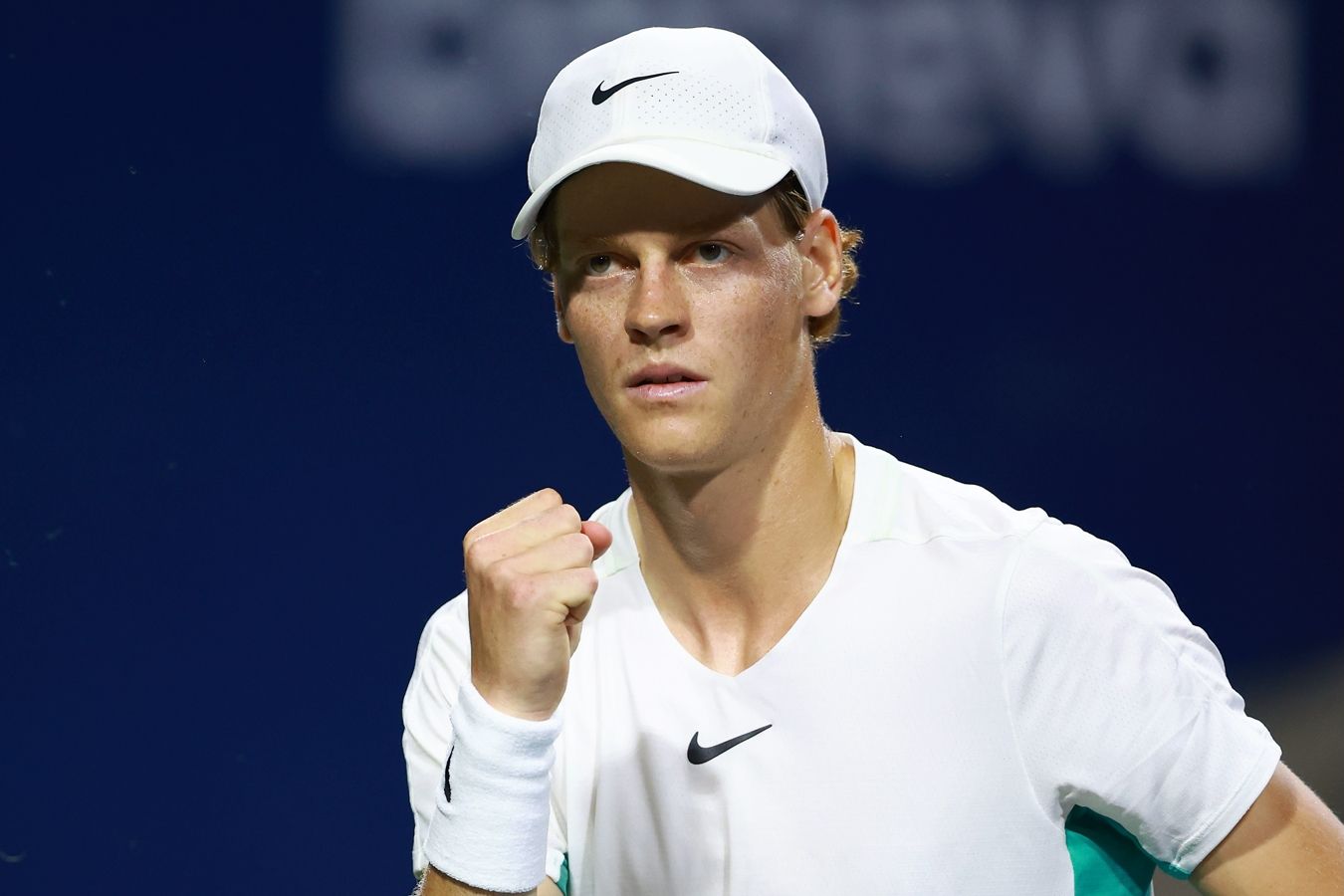In the demanding world of professional tennis, where physical and mental fortitude are paramount, the ability to navigate unforeseen challenges often distinguishes a champion from a contender. World No. 2, Jannik Sinner, recently offered a candid glimpse into his strategic thinking, revealing how a significant three-month absence early in the season profoundly shaped his subsequent performance and physical condition.
The Unconventional Pause: A Different Kind of Challenge
For an athlete whose career trajectory has been nothing short of meteoric, any deviation from the relentless ATP Tour schedule invites scrutiny. Sinner`s reflections shed light on a period of absence that, for him, felt distinctively harder to manage than a conventional injury. “It`s easier to accept when you`re injured,” Sinner noted, a sentiment that might strike some as counter-intuitive. An injury, after all, brings a clear diagnosis, a rehabilitation roadmap, and a tangible goal for recovery. This particular break, however, presented a different psychological landscape, one less straightforward to navigate.
“It`s easier to accept when you`re injured. This year the situation was different, it was tough.”
This admission offers a rare insight into the mental gymnastics athletes perform. When the body is willing but the court is off-limits for other reasons, the drive to compete can become a restless energy, requiring immense discipline to channel constructively.
The Alchemist`s Workshop: Transforming Downtime into Development
Rather than succumbing to frustration, Sinner viewed this enforced hiatus as an opportunity—a blank canvas upon which to paint a stronger, more resilient future. “But I used the time for work. We trained a lot, and I feel that I`m improving physically every time,” he stated. This isn`t merely about hitting more balls; it`s about a comprehensive physical overhaul, focusing on strength, conditioning, and refining the subtle biomechanics that define elite performance. Such intensive, uninterrupted training blocks are a luxury rarely afforded during the relentless competitive season.
It`s an almost alchemical process: taking an undesirable situation and transforming it into a foundation for accelerated growth. The irony, perhaps, is that what initially appeared as a setback might well have been a hidden blessing, forging a deeper connection between Sinner and his physical capabilities, unencumbered by the immediate pressures of match play.
Youthful Wisdom: Learning the Body`s Language
At just 23-24 years old, Sinner occupies a fascinating position on the ATP tour – an established star still in the nascent stages of understanding his own athletic prime. His candidness about this learning curve is refreshing: “I try to learn my body, although at 23-24 it`s difficult, because you`re still young and don`t fully understand what`s best for you.” This speaks to the complexity of professional sports science, where even the most talented athletes require a dedicated team of experts to optimize their performance and longevity.
His emphasis on needing “the best helpers” underscores a crucial aspect of modern tennis: it`s no longer a solo endeavor. It`s a highly sophisticated ecosystem of coaches, physical trainers, physiotherapists, and strategists, all working in concert to unlock an athlete`s full potential. The path to understanding one`s body, it seems, is a collaborative journey, even for the self-aware.
A Consistent Strategy: Foresight for Freshness
Sinner also drew parallels with his previous season, where strategic decisions regarding tournament participation contributed to his end-of-season freshness. “Last year we also planned the season well. I had a great ending because I skipped some tournaments,” he recalled. This reveals a consistent, long-term approach to his career, prioritizing sustained peak performance over maximizing every available playing opportunity. In an era where player burnout is a genuine concern, Sinner`s calculated approach to managing his schedule is a testament to his maturity and foresight.
It suggests a player who is not merely reacting to the calendar but actively shaping it, ensuring that his body and mind are primed for the moments that truly matter—the Grand Slams, the Masters events, and the season-ending championships. The early-season pause, therefore, was perhaps an unexpected but ultimately integrated component of this broader strategic framework.
The Payoff: Enduring Form
Ultimately, Sinner`s reflections paint a picture of an athlete who understands that success isn`t just about winning matches, but about the diligent, often unseen, work that underpins every victory. His ability to turn a challenging absence into a period of physical and strategic development exemplifies a champion`s mindset. The “freshness” he feels at crucial stages of the season is not a stroke of luck, but the direct dividend of intentional planning and tireless effort.
As Sinner continues to ascend the ranks, his thoughtful approach to his career, marked by resilience and a relentless pursuit of self-improvement, serves as a compelling narrative for aspiring athletes and seasoned professionals alike. In the unforgiving arena of professional tennis, the ability to adapt, evolve, and emerge stronger from every challenge is, perhaps, the ultimate measure of greatness.

